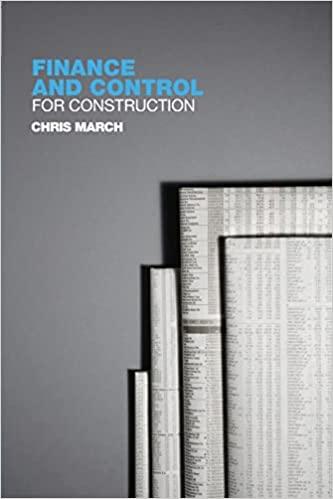Part L. Multiple choice: For each of the questions below, select one and only one answer, print it on the ANSWERS page questions 1-4 are 1 point each) Have you printed your name on the ANSWERS page? A) Yes s the average homeownershp rate in the US, Le. the fraction of households lving in their own unit instead Shat i of renting? Pick the cbsest number (A) 18% (C) 65% (D) 85% hat arose during the fime at which the Which of the following dleed types protects the buyer from (A) general warranty deed (B) special warranty deed C) quaclaim deed D) all of above prowide the same level of protection a borrower lives in a recourse state and defaults me lender receves less on a mortgage note that contains an exculpatory clause and than the amount owed on he mortgage when the property is sold, the lender will (Al do nothing since the lender is imited to the proceeds (C) le for bankruptcy protectior from the sale of the property (B) seek the difference from the borrower's tile insurance company D) take legal action against the borrower to recover the difference Part Il. Write your answer (a number) on the ANSWERS page questions 4-11 are 1 point each, question 12 is 3 points) Suppose a borrower with two mortgages defaults. At the time of the default, the first lien has a balance of $200,000, the second lien has a balance of $50,000. The borrower owes $5,000 in property taxes. The house sell's for $150,000 in a foreclosure auction. How much of a deficiency will the first lion lender have? Suppose you deposit $50,000 once at an annual interest rate of r-2.40% compounded monthly. How much you have in 30 years? Suppose you save $500 gyeryweetne notoncel to your bank account. The bank pays you 3% compounded weekty to the same account. How much money will you have in your bank account in 35 years? (Note: there are 52 weeks in a year Suppose you buy a 30 year zero coupon bond with a face value of $1000 and a 4% annual interest rate. compounded semi-annually. The moment after you annually. What is the percent change in the bond price? A bank offers a 30 year annuity, with monthly payments of $2,000 starting 1 year from today. If the annual iscount rate is 5%, compounded monthly, how much should this annuity cost today







